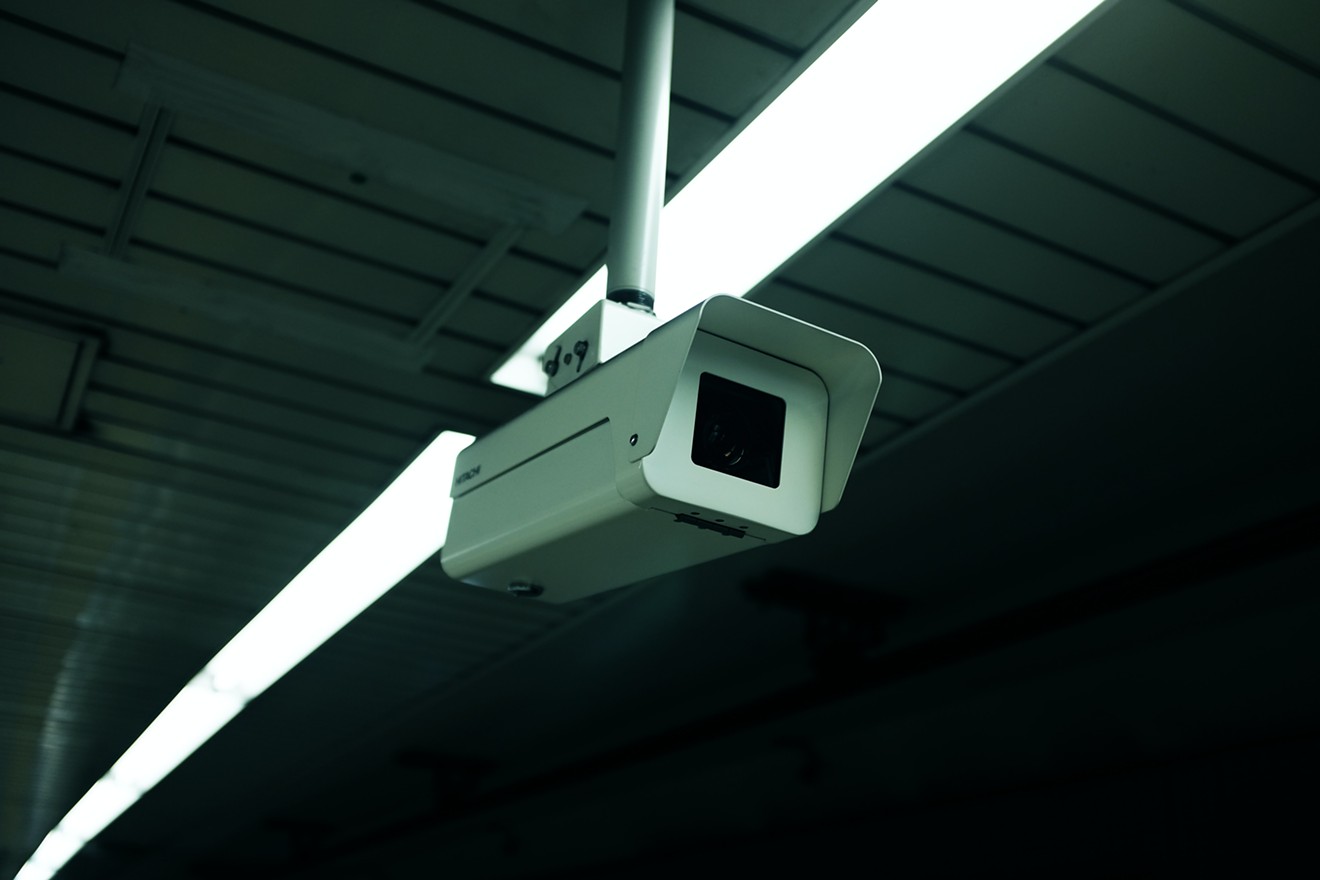When COVID-19 began spreading in the U.S., local governments were left scrambling for ways to detect the deadly virus and protect their residents. Thermal cameras from an Illinois-based company called RedSpeed USA were one of many unproven tech devices that promised to help.
Until recently, RedSpeed specialized in traffic cameras that detected red-light runners. When the pandemic hit, the company shifted gears and started marketing a camera system that purports to read people's temperatures and detect fevers, one of the top symptoms of coronavirus. The technology was developed by the Chinese surveillance company Zhejiang Dahua Technology, which was banned from doing business with U.S. federal government agencies in 2018.
But the reliability of temperature-detecting devices has been called into question by experts. Multiple publications, including the Washington Post and NBC News, have reported on the inaccuracy and ineffectiveness of fever-detecting camera systems, including the one from RedSpeed.
Nevertheless, Miami-Dade bought ten of RedSpeed's camera systems in April, deploying the devices at nine county buildings, including courthouses and transit offices. The county paid $400,000 from the general fund for the systems, a price that includes installation, training, and a two-year warranty on each camera, according to purchasing documents from the Internal Services Department. General fund money comes from tax revenues in the county.
When asked if there was a competitive bidding process for purchasing the cameras, in which multiple companies would get the chance to vie for the county contract, Miami-Dade's Internal Services Department said via email: "The County purchased what was available at the time that could meet the needs to scan people's temperature coming into buildings."
The RedSpeed camera system measures the temperatures of passersby and displays those readings next to their faces on a laptop connected to the system. If a person's temperature is outside of the acceptable range of 100 degrees or below, it alerts personnel at the computer of a potential feverish person.
However, one issue is that the camera has a margin of error that is one degree too high, according to John Honovich, president of the Pennsylvania video-surveillance research company IPVM.
"It has a tendency to miss temperatures of 100, 100.5, or 101," he says, adding that those temperatures would also be considered feverish.
Reached by New Times, Matthew Estevez, an attorney for RedSpeed, declined to comment on the media reports alleging that the company's camera system is ineffective. But he said the Food and Drug Administration (FDA) has issued guidance on thermal-imaging systems and concluded that scientific literature supports their use for measuring surface skin temperatures.
However, FDA guidelines released in May also state that temperature-detection systems "have not been shown to be accurate when used to take the temperature of multiple people at the same time," and should not be used for "mass fever screening."
RedSpeed's marketing video seems to ignore that guidance, making a point to show the camera reading the temperatures of multiple passersby at once. The marketing video also insists the RedSpeed system can detect fevers even when people are wearing hats and sunglasses, or even helmets and head coverings.
Research by IPVM says otherwise. In a study published last month, IPVM researchers demonstrated that the RedSpeed system tends to miscalculate people's temperatures when they are wearing hats and other head or face coverings, showing a reading lower than their actual temperature. In one instance, a RedSpeed camera said the researcher's temperature was 100 degrees; an infrared thermometer showed his actual temperature was 102 degrees.
The FDA guidelines also suggest that people having their temperatures screened should wait at least 15 minutes after coming indoors because the residual heat left on their skin from being outdoors might skew the readings. Honovich says that advice is particularly important in sunny Miami and for that reason, the cameras should not be pointed at a doorway when people come in.
At the Overtown Transit Village North, however, New Times observed a RedSpeed camera pointed directly at the entrance door, targeting people walking into the building from outside:

A RedSpeed thermal camera aimed straight at the entrance of the Overtown Transit Village North office, which is not advisable by FDA standards.
Photo by Joshua Ceballos
In a video-recorded IPVM test, researchers pointed a Dahua camera at a printed image of a face, which the camera's computer system recognized as a person. The reading showed a temperature of 93 degrees. However, when the researchers checked the actual temperature of the paper using an infrared thermometer, it came out to 83 degrees.
Honovich says when the cameras recognize a human and don't have a good read on the actual temperature, the system automatically compensates by increasing the temperature.
"They fudge numbers. If they don't have a good read, they'll just display 98," Honovich says. "The risk is a false sense of security."
Honovich also says Miami-Dade overpaid for the cameras, which it purchased for $40,000 per unit. The Washington Post reported that the cameras cost around $30,000 per unit. IPVM purchased one unit, with a warranty, for just $12,408.78, according to a receipt Honovich provided to New Times.
"That's a hell of a markup," he says.












